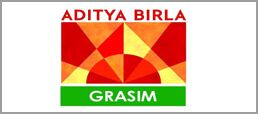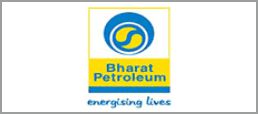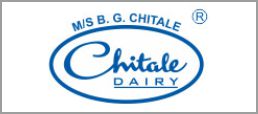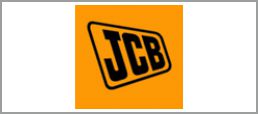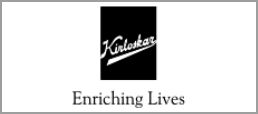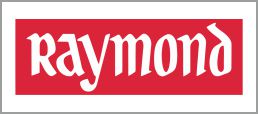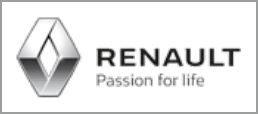
The Comprehensive Guide to Smoke Vents: Ensuring Safety and Efficiency in Fire Emergencies
- Geometric Steels
- August 03, 2024
Smoke vents are crucial components in modern fire safety systems, designed to protect lives and property during a fire. By creating a smoke-free layer and allowing the removal of smoke, these systems improve conditions for safe escape and enable firefighters to tackle the blaze in its early stages. Smoke ventilation can be either natural or mechanical, with each method offering unique advantages.
What is a Smoke Ventilation System?
A smoke ventilation system, also known as a smoke control system, is a life safety mechanism installed in various types of buildings, including commercial, residential, and industrial structures. The primary objectives of these systems are:
1. Protecting Escape Routes: Ensuring that occupants can evacuate safely without being impeded by smoke.
2. Assisting Firefighters: Helping firefighters to locate and extinguish the fire more efficiently.
3. Protecting Assets: Safeguarding stock, machinery, and production capacity.
4. Preventing Explosions and Collapses: Reducing the risk of explosions and structural collapses caused by intense heat and smoke buildup.
How Does a Smoke Ventilation System Work?
The Basics
While the specific design of smoke control systems varies depending on the building’s requirements, the fundamental principle remains consistent. Smoke vents, also known as Automatic Opening Vents (AOVs), are strategically installed to protect escape routes such as staircases and common areas like corridors.
Activation and Operation
In the event of a fire, smoke or heat detectors trigger the vents to open. This action allows smoke to rise and exit the building through smoke shafts. Effective smoke vent systems improve visibility and reduce toxins in the air, facilitating a safer evacuation process and aiding firefighters in managing the fire.
The Role of Smoke Vents
Smoke vents play a pivotal role in fire safety, ensuring a safe exit for occupants and providing critical support to firefighters. By controlling the spread of smoke, these systems help prevent fatalities and extensive property damage.
Types of Smoke Vents
Door Type Smoke Vents
Door Type Smoke Vents are essential for maintaining clear escape routes during a fire. These vents automatically open in emergencies, allowing smoke to escape quickly. Their design not only enhances safety but also improves visibility for both occupants and firefighters.
Features
• Construction: Made from aluminum double layers with optional thermal insulation.
• Water Drainage: Equipped with EPDM gaskets to ensure complete sealing and efficient water drainage.
• Durability: Built to withstand high temperatures and mechanical damage.
Smoke Ventilation Hatch
Smoke ventilation hatches are designed for both emergency smoke and hot gas exhaust and everyday natural air circulation. These hatches are reliable in emergencies due to their mechanical interlock, ensuring they open even if damaged.
Options
• Actuators: Available with electric actuators (24 V DC) or pneumatic cylinders.
• Materials: Constructed from high-quality materials for longevity and minimal maintenance.
Double Flap Ventilator
Double flap ventilators offer a large extraction capacity, making them ideal for environments requiring significant smoke and heat removal. These ventilators are available in various sizes and control options, suitable for a wide range of industrial and commercial applications.
Applications
• Distribution Centers: Ensures effective smoke and heat extraction.
• Production Environments: Prevents contamination from harmful chemicals.
Louver Type Smoke Vents
Louver Type Smoke Vents are both functional and aesthetically pleasing. They automatically open during fires, providing a natural draft that efficiently removes smoke and hot air. These vents can enhance a building’s appearance while ensuring effective smoke control.
Features
• Construction: Made from corrosion-resistant aluminum alloy, with optional powder coating in various colors.
• Operation: Can be fitted with pneumatic actuators, cylinders, or pressure spring triggers.
• Versatility: Suitable for roof or vertical/cladding installations.
Advantages of Smoke Vent Systems
Smoke vent systems offer numerous benefits, enhancing fire safety and reducing potential damage. Here are some key advantages:
1. Life Safety: Ensures safe evacuation routes and aids firefighters in their efforts.
2. Property Protection: Minimizes damage to stock, machinery, and the building structure.
3. Compliance: Meets health and safety regulations, providing peace of mind.
4. Cost-Effective: Variable sizing options reduce capital outlay.
5. Aesthetic Appeal: Low-profile designs blend seamlessly with building architecture.
Maintenance and Testing
Regular maintenance and testing of smoke ventilators are mandated by health and safety regulations. Ensuring these systems are in optimal working condition is crucial for their reliability during an emergency.
Maintenance Tips
• Regular Inspections: Conduct routine checks to identify any issues.
• Professional Servicing: Engage certified professionals for maintenance.
• Testing: Perform regular tests to ensure all components function correctly.
Conclusion
Smoke vents are indispensable in modern fire safety systems, providing critical protection for occupants and property. By understanding the various types of smoke vents and their specific applications, building owners and managers can make informed decisions to enhance their fire safety measures. Regular maintenance and adherence to safety regulations ensure these systems remain effective, offering peace of mind and robust protection in the event of a fire.
Disclaimer: The information provided on this blog is for general informational purposes only; the owner makes no representations as to accuracy or completeness, and will not be liable for any errors, omissions, losses, injuries, or damages arising from its use. Opinions expressed are those of the authors and do not necessarily reflect the views of any affiliated organization.
Keywords
: smoke vent, smoke ventilation, smoke ventilation system, smoke vent system
